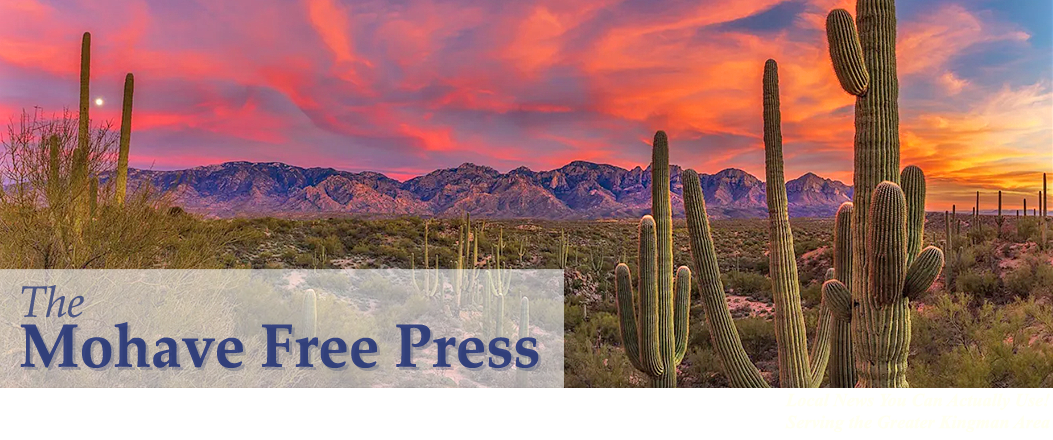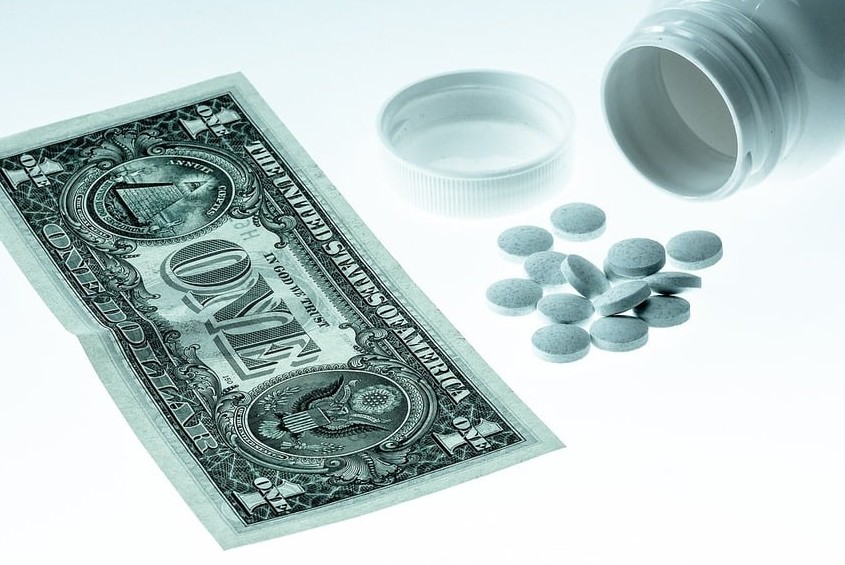On May 12, Donald Trump signed an aggressive Executive Order aimed at lowering the cost of prescription drugs in the United States. The goal is to make drug prices in the U.S. similar to what people pay in other wealthy countries, where drugs are often much cheaper.
In the US, people pay a lot more for prescription drugs than in countries like Canada, Australia, or European nations. For example, a prescription that costs $1,000 in the U.S. might cost only $100 in another country, even though it’s the same drug made by the same company.
The U.S. spends about $1,126 per person annually for prescription drugs, compared to only $200 in Great Britain. Drug companies make about 75% of their profits from the US, even though we are only 5% of the world’s population.
This Order could force them to rethink how they price drugs globally. Trump says Americans are paying high prices to cover the cost of drug research, while other countries get a discount. The Executive Order is based on something called the “Most Favored Nation” policy. Meaning, the US wants to pay the same low prices for drugs that other developed countries pay. Health and Human Services Secretary Robert F. Kennedy Jr. will look at what other countries pay for drugs and set “price targets” for drug companies to meet. Drug companies have 30 days to voluntarily lower their prices in the US to match these lower international prices.
If drug companies don’t lower prices on their own, the government, through the Department of Health and Human Services (HHS), will set rules to force them to match those lower prices. This could apply to drugs covered by Medicare, Medicaid, and even private insurance. The government could: set price caps for drugs, allow more drug imports from countries like Canada, where prices are lower or use laws to crack down on drug companies’ tricks that keep prices high, like delaying cheaper generic drugs.
The Executive Order also wants to allow Americans buy drugs directly from drug companies at these lower prices, skipping middlemen like insurance companies or pharmacy benefit managers (PBMs) who often drastically drive up costs.
The Executive Order also asks the U.S. government to push other countries to pay more for drugs, so the US isn’t stuck covering most of the research costs. At a press conference, Trump told reporters this could cut drug prices by 30% to 80%, or even 90% in some cases. This would make medicines more affordable for people, especially seniors on Medicare or those with chronic illnesses. “Starting today, the United States will no longer subsidize the health care of foreign countries, which is what we were doing,” Trump said.“And will no longer tolerate profiteering and price gouging from Big Pharma,” he added
Trump said the new policy will finally level the playing field.“So for the first time in many years, we’ll slash the cost of prescription drugs and we will bring fairness to America.”
At the press conference, NIH Director Jay Bhattacharya explained, “One thing that’s really, really simple in economics is that when you have a persistent price difference for the same product between two countries, there’s something deeply wrong.” and, “Right now, what’s happening is the American people are subsidizing in large a large fraction that the research and development efforts for drug companies around the world, by the higher prices that we pay.”
Experts predict this new Executive Order will face lawsuits, especially since it’s unclear how the government can control private market prices. A similar plan in Trump’s first term was blocked by courts because it didn’t follow proper rules
Democrats, Senator Bernie Sanders and Representative Ro Khanna, have publicly expressed support for introducing bi-partisan legislation to codify Trump’s Order but offered no specific details. What that bill might look like and if it aligns with Trump’s plan remains to be seen.
Trump’s Executive Order is a bold move to make prescription drugs cheaper by matching prices in other countries, but it depends on drug companies agreeing to lower prices or the government forcing them to do it. There’s a lot of work to make this happen, and drug companies are expected to fight back, so it’s not guaranteed to work perfectly or quickly for that matter. Still, it’s a plan that could help people afford their prescriptions if it succeeds, and millions of struggling Americans have their hopes high that it will.

